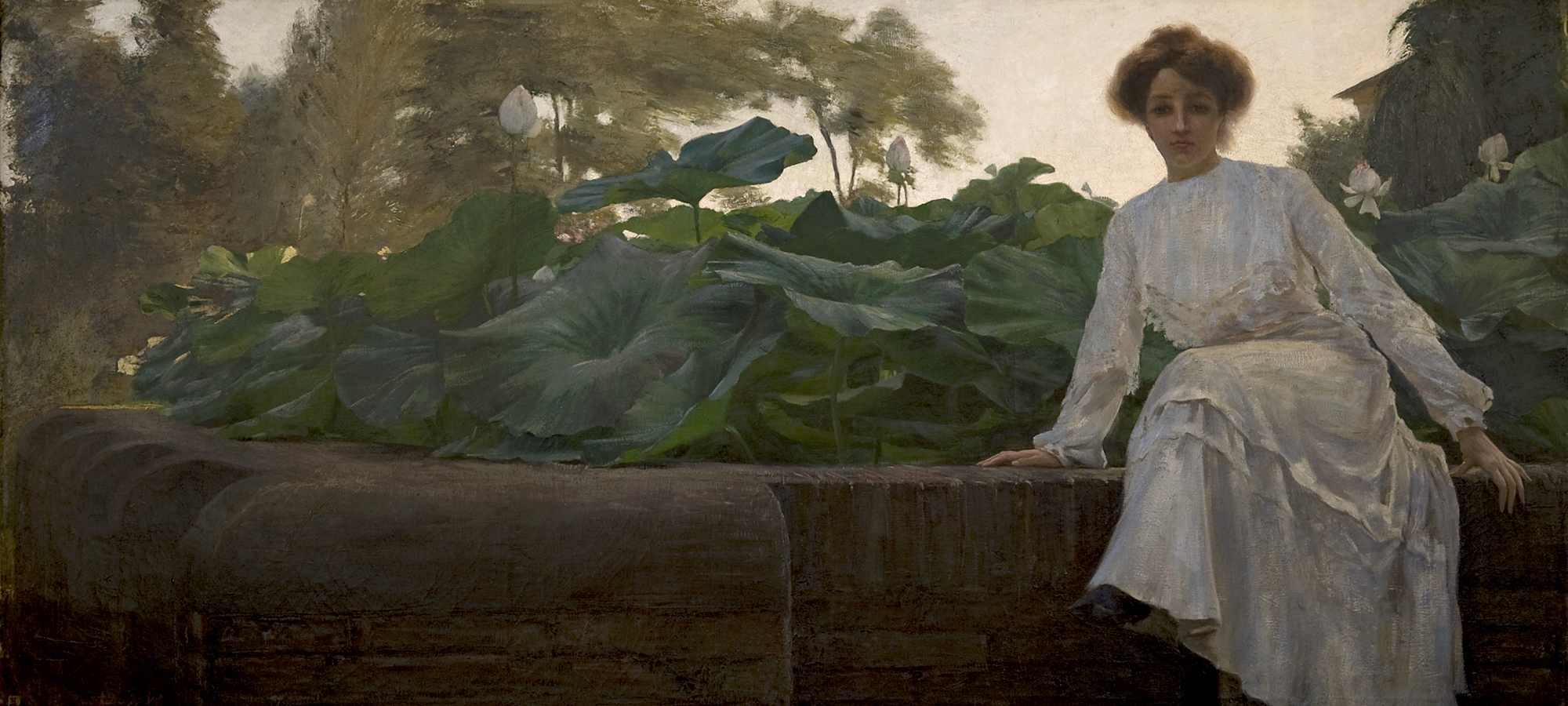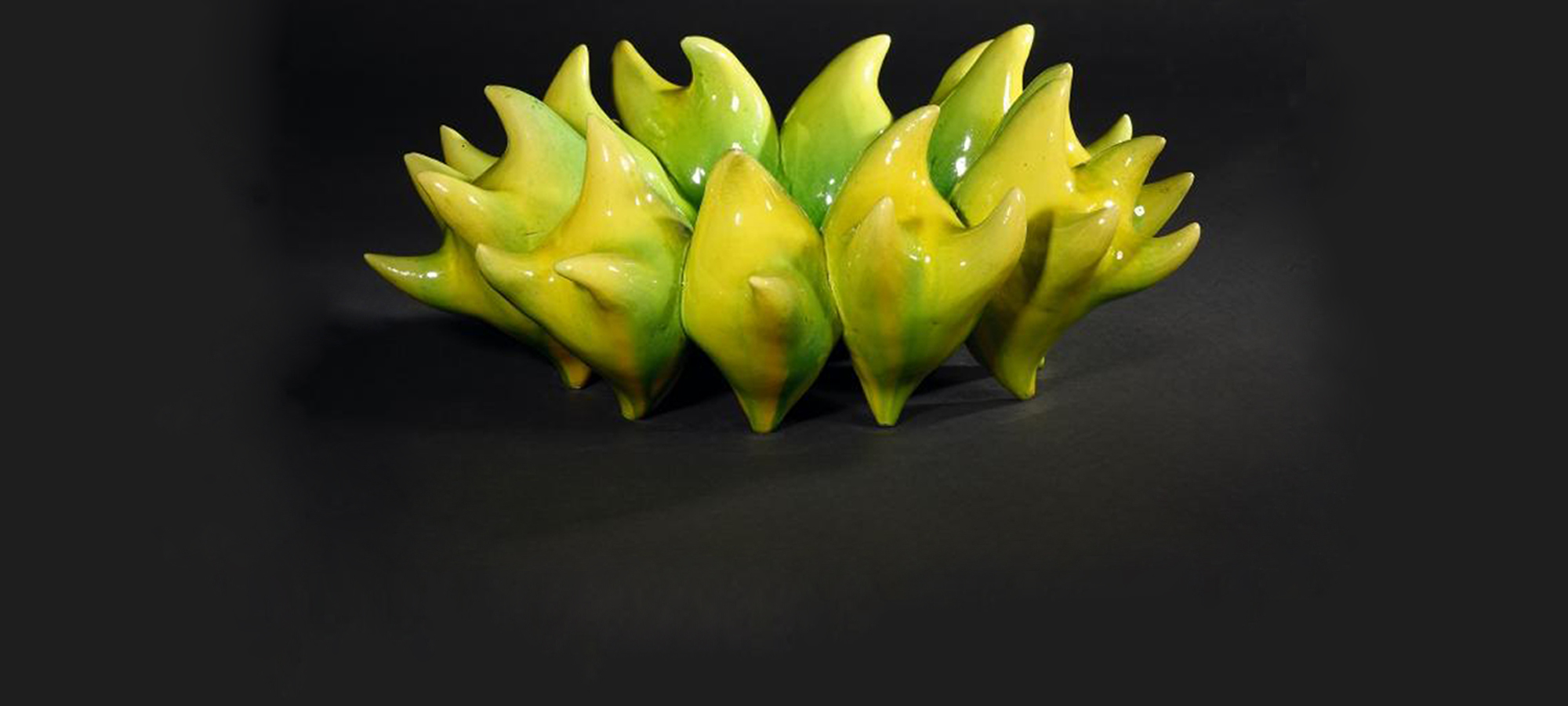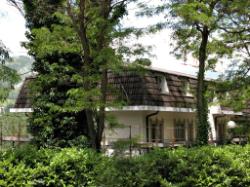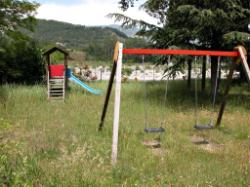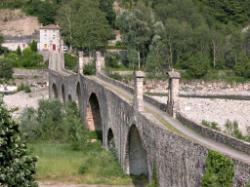Terme di Bobbio
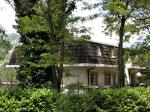

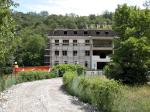

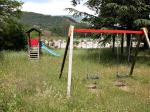

loc. Bobbio
Bobbio (PC)
Presso la Fonte di Rio Foino è stata realizzata una costruzione che permette a tutti di accedere gratuitamente alla fonte e, nella stagione estiva, di bagnarsi nelle sue acque termali curative.
Al di sotto della fonte è stata realizzata all'aperto, una vasca di piccole dimensioni fruibile per bagni termali curativi.
Bobbio è il capoluogo della Valtrebbia, sugli Appennini tra Liguria ed Emilia: già abitata in epoche preistoriche, Bobbio ha visto nei secoli il passaggio di liguri, galli e romani. Le vicende urbanistiche di Bobbio sono, fin dall'alto Medioevo, connesse con la costruzione del complesso monastico di S. Colombano. Il primo nu¬cleo cenobitico, fondato nel 614 da Colombano, monaco irlandese benefi¬ciato dal re longobardo Agilulfo, era collocato leggermente più a monte dell'attuale, dove oggi è il castello, attorno alla preesistente “Basilica S. Petri”.
Fu, con Montecassino, rilevante centro culturale del primo Medioevo ed ebbe importanza per le scuole, lo “scriptorium” e la celebre biblioteca, sfortunatamente smembrata. L'insediamento decadde a partire dal XII sec., quando già da circa due secoli era stata presa la decisione di trasferirlo in una zona più bassa. Sebbene non sia possibile, per le successive trasformazioni, rpercorrerne le vicende, risulta evidente che attorno a esso si stabilì e crebbe nel Medioevo un consistente nucleo abitato, con isolati di forma irregolare divisi in lotti lunghi e stretti secondo gli allora abituali canoni. Verso la fine del sec. XII il borgo, che già nel 1014 era divenuto sede vescovile e quindi di contea, fu cinto da mura con cinque porte; nel Trecento passò ai Visconti ed appartenne allo stato milanese fino al 1748, quando con l'Oltrepò pavese fu annesso allo stato sabaudo. Unito fino al 1859 a Genova, con la costituzione del Regno d'Italia passò alla provincia di Pavia alla quale rimase fino al 1923. Oltre all'Abbazia di San Colombano, che conserva numerosi affreschi e mosaici ed alla quale è annesso un importante museo, è interessante il pittoresco Ponte Vecchio, anche chiamato Gobbo o del Diavolo, risalente al 1440 con ristrutturazioni del XVI secolo, con 11 archi diseguali fra loro. Seguendo le vie del caratteristico centro storico si può raggiungere il Castello Malaspina, fatto erigere da Corradino Malaspina nel sec. XIV.
Uscendo dal borgo e dirigendosi sulla strada statale 45 di Valtrebbia in direzione Piacenza si raggiunge velocemente I'Orrido di Barberino sul Trebbia. Sulla stessa strada, ma verso Genova, si arriva a San Salvatore dove il fiume Trebbia disegna meandri dominati dall'alto da Brugnello, con la chiesetta a picco sul fiume. A poca distanza la ligure Val d'Aveto, con la Riserva naturale delle Agoraie.
At the Fonte di Rio Foino a building has been built that allows everyone to access the source for free and, in summer, to bathe in its healing thermal waters. Below the spring a small outdoor pool has been created, usable for curative thermal baths.
Bobbio is the chief town in Valtrebbia, the Apennine region between Liguria and Emilia: inhabited since prehistoric times, Bobbio has seen invaders from Liguria, Gauls and Romans come and go. In the Early Middle Ages the town was deeply influenced by the construction of the S. Colombano monastery. The first monastic settlement dates back to 614 when Columbanus, an Irish Monk, protected by Longobard King Agilulfo, arrived. The settlement was higher up the slope than the present monastery, close to the location of the present-day castle built near the previous Basilica S. Petri.
With Montecassino, it was an important cultural centre of the Early Middle Ages, with schools, a “scriptorium” and famous library, sadly now no longer present. The settlement lasted until the twelfth century, although the decision to move lower down the slope had been taken some two centuries earlier. Although no details are known, clearly the monastery attracted other settlers during the Middle Ages. The construction was in long narrow sections, according to the practice of the time. Towards the end of the twelfth century, the town (since 1014 the bishop’s see and county town) was walled, with five gates. In the fourteenth century, it became part of the Visconti rule and was annexed to Milan until 1748, when it passed to the Savoy state (with Pavia and the land on that side of the river Po). Ruled alongside Genoa until 1859, it became part of Pavia under the new Kingdom of Italy, until 1923. In addition to the Monastery of San Colombano, with numerous frescoes and mosaics, and an important museum, the picturesque Ponte Vecchio, aka the Gobbo [Hunchback’s] or Devil’s Bridge, is also of interest. It dates back to 1440 and was renovated in the sixteenth century, with 11 uneven archways. The streets into the town centre lead to the Malaspina Castle, built by Corradino Malaspina in the fourteenth century.
Take trunk road 45 from Valtrebbia towards Piacenza and you will quickly come across Orrido di Barberino sul Trebbia. On the same road but in the opposite direction (towards Genoa), you can visit San Salvatore where the river Trebbia meanders listlessly, dominated by the waters of the Brugnello. The town church was built on the river bank. Some distance away, in Liguria, Val d'Aveto with the Agoraie Nature Reserve is worth a visit.


